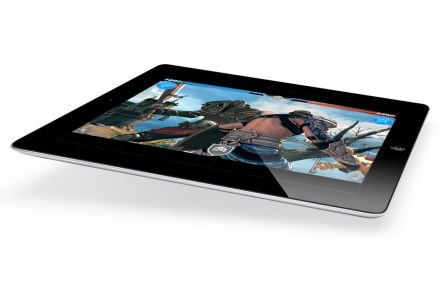

The VMware vSphere Client for iPad is disappointing. Although the slick Apple iPad interface shows the promise of power, the vSphere Client for iPad will need to bulk up on the information that IT administrators need before the iPad application will be anything more than eye candy.
Missing from this first release are alarms, the ability to browse data stores or detailed data-centre statistics and anything other than a rudimentary ability to put ESX hosts into maintenance mode for a reboot.
Compared with VMware’s just-released, also free and very useful VMware View Client for iPad, the VIC is clearly a half-hearted development. As released, the VMware vSphere Client for iPad is, at best, a simple monitor, not a tool for managing a VMware data centre.
VMware vSphere Client for iPad was released 21 March through the Apple App Store.
The VMware vSphere Client for iPad connected to my vCenter server via a virtual appliance from VMware that provides vCenter Mobile Access technologies. After making the connection, I logged in as I would from a vCenter standard desktop client and was presented with a view of my data centre, including my ESX host systems.
I tapped on the host system and saw a view of the CPU and memory use, along with details about the ESX physical host and tiles representing the virtual machines. I was able to see a count of the total number of virtual machines, as well as which machines were on and which were off.
If a VM was powered on, I could tap a heartbeat icon that would “flip” the tile to reveal basic system information including CPU, memory, disk and network use for that VM. The tile displayed use data as a trace graph.
When I tapped on the VM tile itself, a new view slid into place revealing details about the system. I was able to see which operating system was installed, as well as the most recently reported amount of CPU and memory the VM used.
The client also reported the IP address, basic status of the VM (green, yellow or red), and whether VMware tools were installed on the system. One of the only things that is improved in the VMware vSphere Client for iPad over the standard desktop client is the VM summary. I could easily see at a glance the snapshot history and comments as well as the latest events reported for the VM.
There are three icons along the bottom of nearly every screen in the VMware vSphere Client for iPad: info, performance and tools. Tapping the info icon generally showed an overview summary of resources the ESX physical host used or, if an individual VM was selected, the basic system details of that machine.
Tapping on the performance icon revealed a detailed usage screen that showed the amount of CPU, memory, disk and network bandwidth on a trace graph that showed nearly current reported data along with a view of recent activity.
The tools icon is a handy addition to the VMware vSphere Client for iPad. There are just two tools: ping and trace route. It was easy to use these basic network-diagnostic utilities to ping the selected machine and run a trace route to that system. While no other tools are currently provided with the VMware vSphere Client for iPad, these two should suffice for basic network troubleshooting and to answer the basic questions about whether an ESX host or VM is reachable on the network.
Pioneering robotaxi service from Alphabet's Waymo to go live in Washington DC next year, as…
Dozens of Chinese firms added to US export blacklist, in order to hamper Beijing's AI…
Chinese rival BYD overtakes global revenues of Elon Musk's Tesla, as record number of Tesla…
Messaging app Signal in the headlines after a journalist was invited to a top secret…
OpenAI chief operating officer Brad Lightcap to oversee international expansion as company consolidates lead in…
Chinese researchers publish details on device that could wreak havoc on undersea communications cables in…
View Comments
Check out iVMControl, which among other things, can run on the iPhone too!
With all respect to uk/us spelling peculiarities, there is no such thing as vCentrE.
Thank you @misanthrope
We do indeed try to respect international spellings when they are part of product names - and also the product names themselves.
The article now refers to vSphere, and has no mention at all of vCenter (or even vCenter as we erroneously called it)
Peter Judge
Editor